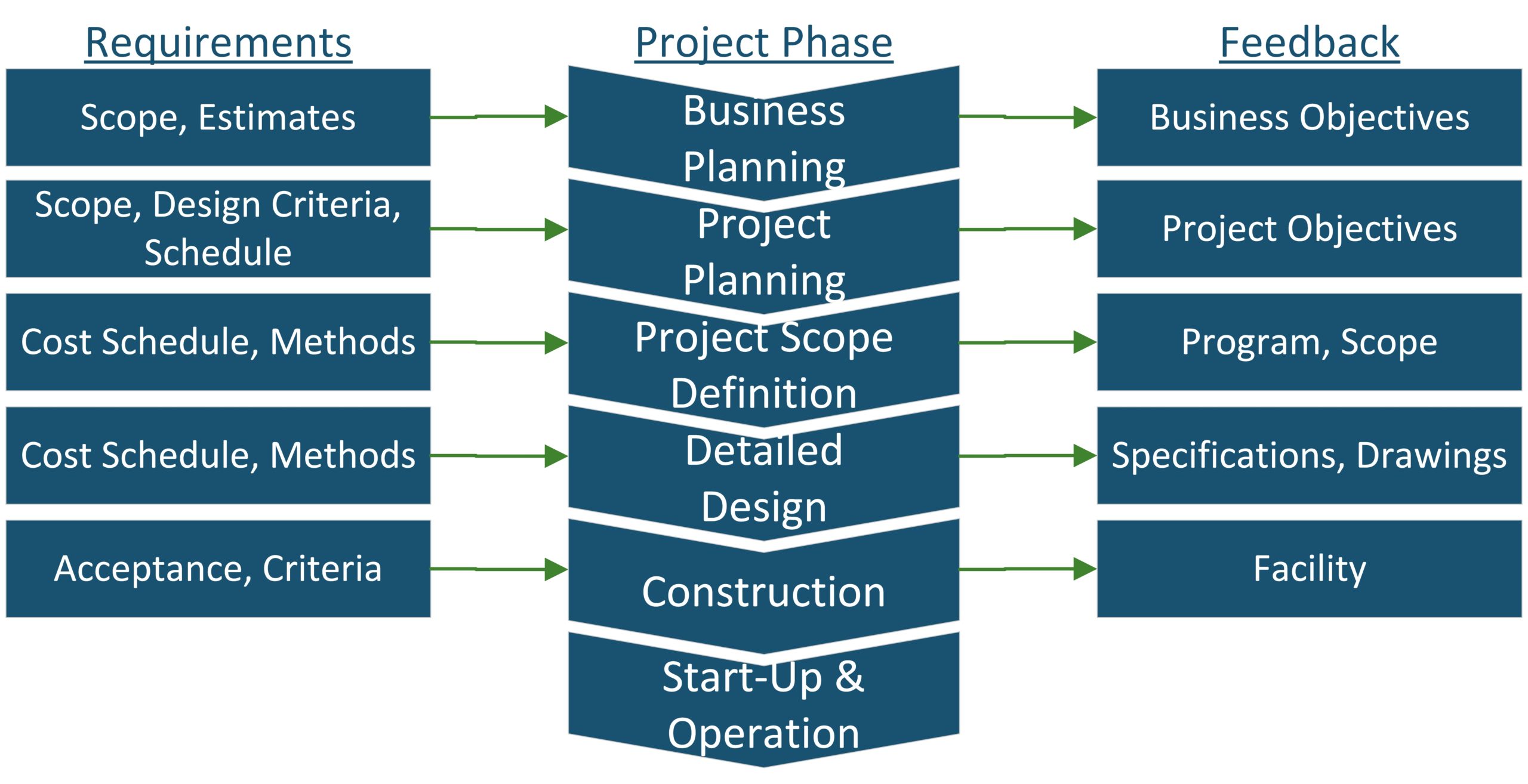Change happens in projects, it is unavoidable. Changes on projects are often perceived as a negative, Scope Creep, Overruns, delays, poor performance, however, not all changes are negative. There are changes that add cost but lower risk or change scope but increase quality. How you deal with any change can have a substantial impact.
Good Change Management calls for a proactive approach. Early identification, active investigation, and quick resolution all aid to positive Change Management. The Construction Industry Institute ran a study to analyze the impact of changes on projects. They found that changes that make up a significant portion of the original scope lead to a decrease in performance.
Significant savings are attainable simply by improving the change management process. Owners and contractors can gain these efficiencies and get more reliable schedules by establishing a robust Change Management Process. Below is what you want to create a Change Management Process that will keep your changes in check.
What It Is
Project Change Management is a series of methods and practices used to prevent workflow disruptions when a project encounters unexpected changes. These changes in project scope can cause schedule delays and increase project costs when not dealt with in a disciplined manner. Preventing these changes from disrupting your project and managing them efficiently is critical for successful project delivery.
Project Change Management Dynamics
There are five components of a project which are affected directly by any changes that may occur:
- Project Scope
- Project Organization
- Work Execution Methods
- Control Methods
- Contracts and Risk Allocation
The effect of changes implemented in the project will vary according to which phase the project is currently in. As the project progresses further through project phases toward its completion, implementing changes will be increasingly complex. Thus, an effective Project Change Management system should be able to mitigate any delays and obstructions your project will face.
Project Change Management Principles
Project Change Management principles have been developed to ensure your organization faces unexpected changes in a structured manner. By successfully implementing these principles your organization can expect to see reliable schedules, client satisfaction, and cost-efficient solutions to any problems you may face. The principles below will help implement an effective Project Change Management system in your organization.
Promoting a balanced change culture
- Encouraging beneficial changes to your project
- Discouraging detrimental changes to your project
Recognizing change
- Education: ensure all team members understand the benefits and methods of Project Change Management
- Communication: ensure all team members have access to current information
- Documentation: Keep records of all changes the project encounters, and ensure the team has access to all documented changes
- Training: ensure all team members have an effective understanding of how to address changes occurring on your project
Evaluating change
- Elective: Changes that will increase the projects value, but are not necessary to achieve project objectives
- Required: Changes that are necessary to achieve project objectives
- Decide quickly: If the team has decided a change should be implemented, there should be no hesitation in its implementation
Implementing Change
- Authorization: A process should be agreed upon early in the project phases to approve changes
- Documentation: This process should keep a record of all project changes implemented
- Tracking: This process should track individual changes after their implementation to judge their results
Continuous Improvement
- Share the lessons learned documentation with all team members
- Be prepared to improve upon skillsets and methods to continuously improve effectiveness
Project Life Cycle Phases & Best Practices

This diagram displays the phases a project must pass through before completion. Requirements of each phase show what that phase will need to achieve the feedback listed. Below you will find best practices your organization may implement to successfully manage changes.
Business Planning
Ensure a scope baseline is created as early as possible within this phase. This scope baseline will further be used as a benchmark your changes will be measured against.
Project Planning
In the planning phase it is inexpensive to implement any changes as the project is still malleable. Use any changes that appear early to initiate project definitions for cost, schedule, and scope.
Project Scope Definition
Use experienced employees to validate that the proposed changes will be beneficial to the project. Use these beneficial changes to further define the project scope in detail.
Detailed Design
Most changes encountered in our project will be during detailed design. Changes should be regularly measured against your scope baseline in this phase and change management principles should be implemented in regular intervals.
Construction
Changes encountered during the construction phase will have the largest impact on your cost and schedule. It is necessary to identify changes in this phase early and integrate assistance from other disciplines to diminish their negative impact.
Start-Up & Operation
Ensure all turnover responsibilities are well documented and understood by all parties involved to have a smooth transition to the client.
Interested in learning more on how implementing Project Change Management as a Best Practice can improve your project delivery, contact us today to get in touch with a project professional.
Download this Reference Guide, print it off and take it with you so that you always have at your fingertips a quick primer on Project Change Management.



































